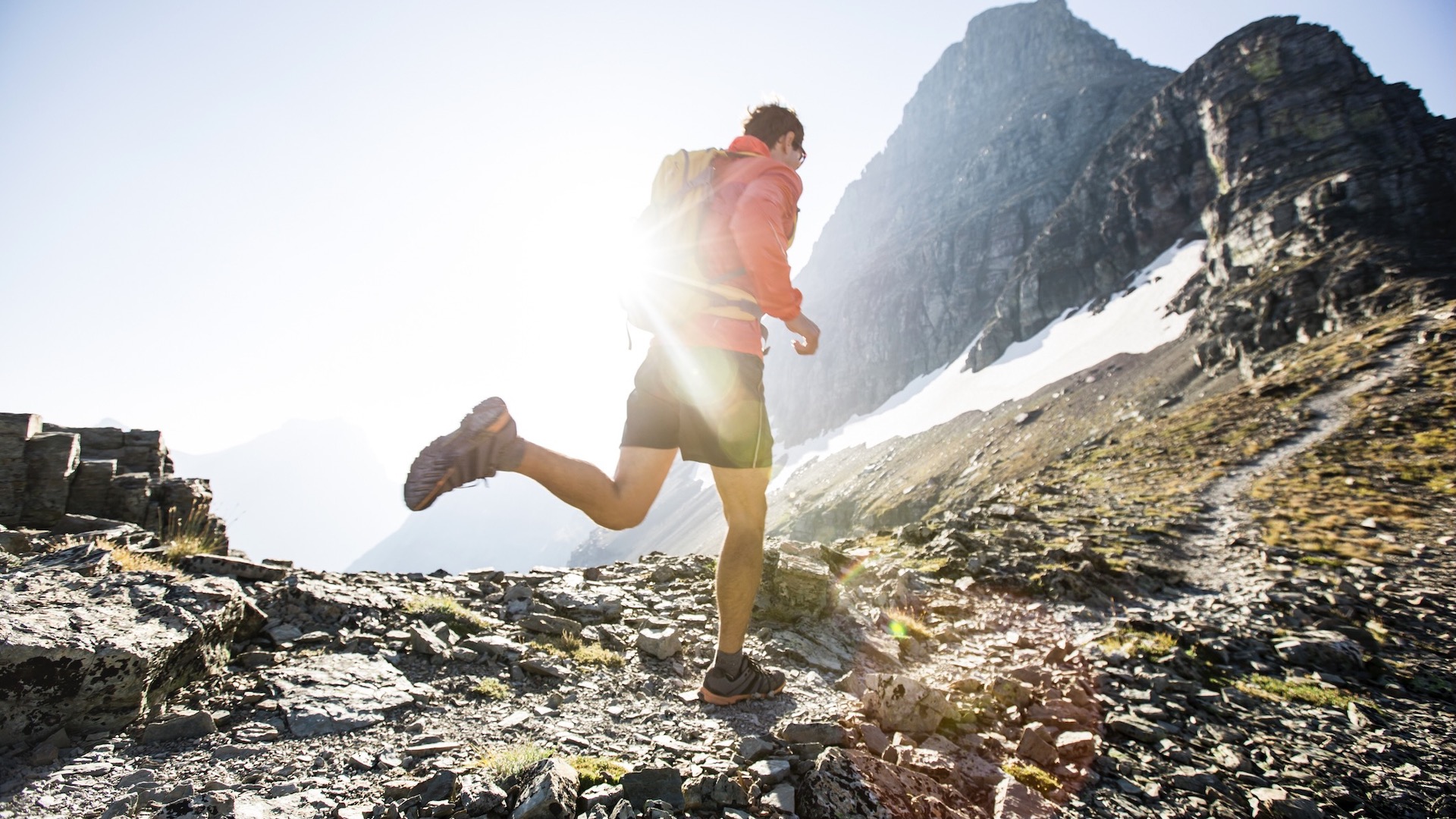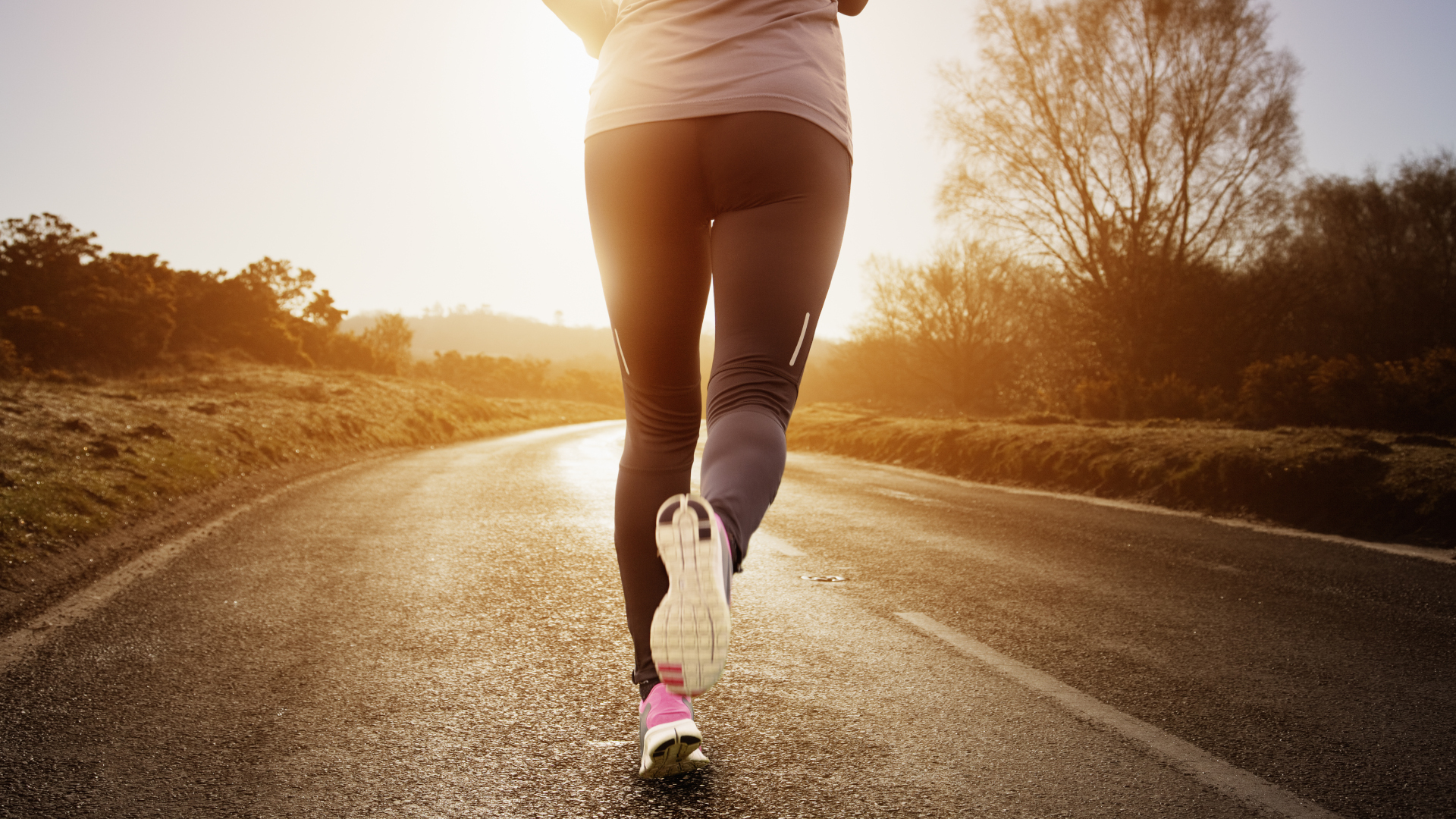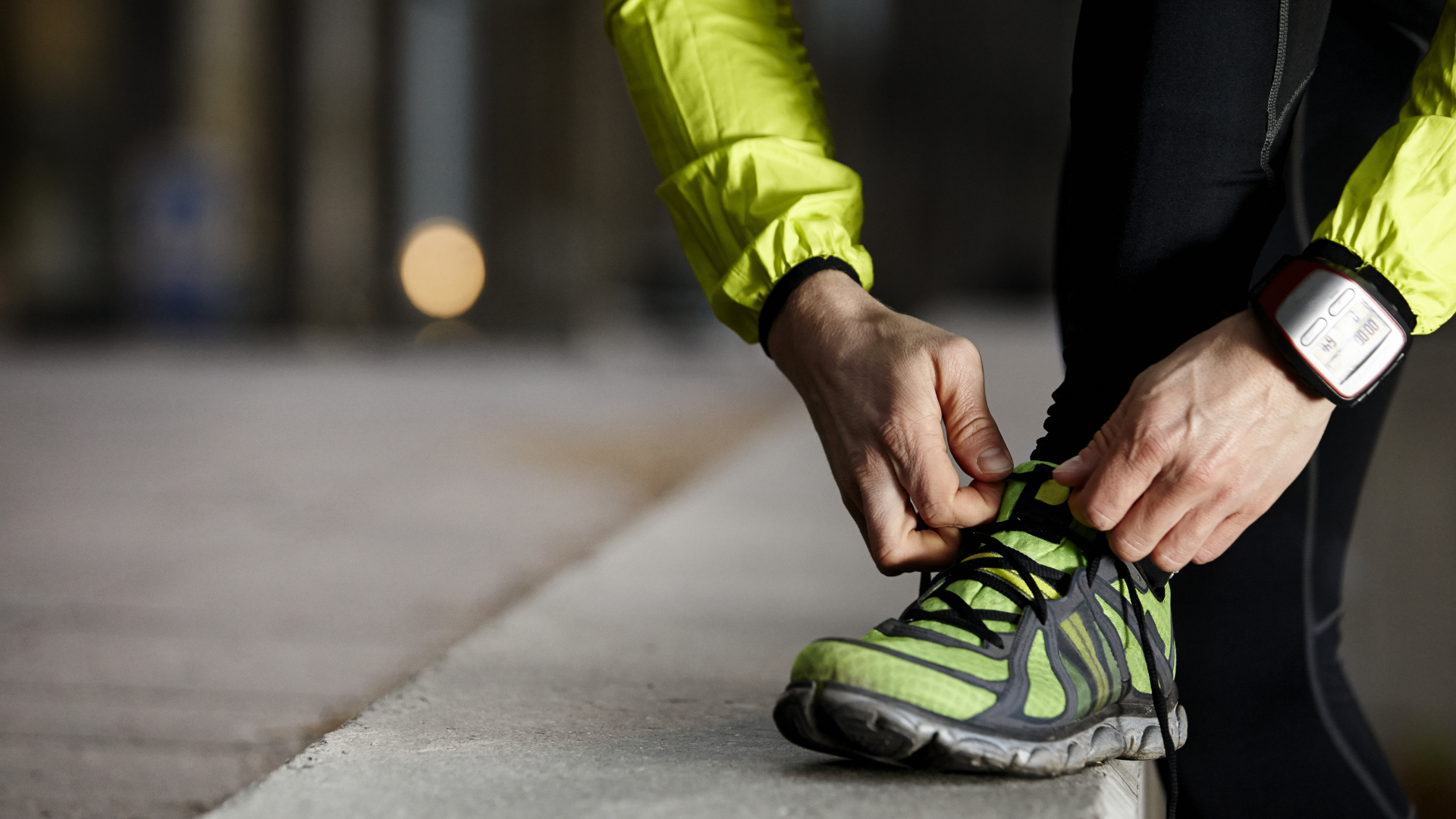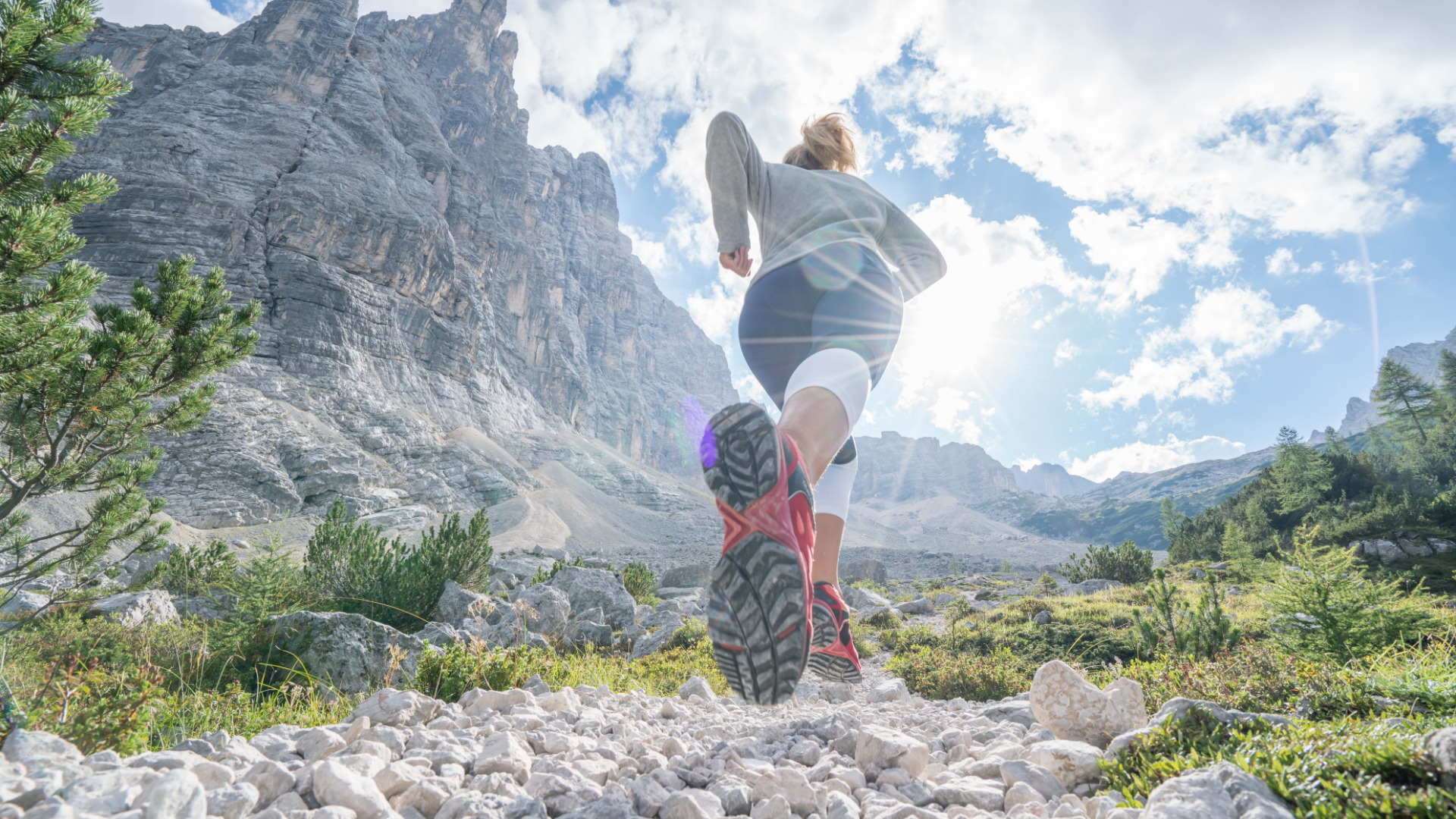The 5 types of running shoe: how to choose the pair for you
We explain the different types of running shoe and which type of runner they’re for to help you choose the best pair for your gait, running style and terrain

When you’re standing in front of a giant wall of running shoes at the shoes store, it can be tempting to just home in on the ones that look the prettiest, grab a pair with the least threatening price tag or scoop up those made by a familiar brand. While there’s nothing wrong with finding a brand that works for you and sticking with it, it’s helpful to know that there are five distinct types of running shoe that are each designed with different types of running gait, running style and terrain in mind. In this article, we explain the different types of running shoe and who they’re for, to help you better arm yourself before you shell out on a new pair.
There are two main factors you need to consider when choosing running shoes: what kind of running it is you plan to do – sprints, trail, road. You’ll also want to understand your arches and gait, so consider getting a gait analysis at your local running store if you’re not sure. Once you know those details, it will be easy to choose from the following five types of running shoe – and remember, if you do both road and trail running, you’ll probably want a pair for each discipline

1. Lightweight running shoes

Lightweight running shoes are exactly what they sound like. Featuring a thin sole and often a stretchy mesh upper, these pull on more like a sock than a shoe, weigh next to nothing and give you that barely minimalist feel that allows for a lot of foot sensitivity and flexibility. Needless to say, these don’t offer the protection you might need for running on rocky trails or the shock absorption you may want for pounding pavement. They’re really ideal for short, power workouts where you’re working on sprinting intervals and time trials, not covering a lot of ground or running on soft surfaces, and don’t want any excess weight.
2. Motion control shoes

Motion control shoes are much more rigid than lightweight running shoes and feature cushioning and arch support for people with low arches or flat feet who overpronate. Pronation is a natural movement of your foot that involves it rolling in slightly each time it strikes the ground to absorb shock, but if you overpronate, it can lead to nasty running injuries like shin splints, plantar fasciitis and IT band syndrome, according to the Cleveland Clinic. Motion control shoes provide cushioning under your inner arch for foot and ankle support, plus wider soles to counter the overpronation tendency.
3. Stability shoes

Stability shoes are a step down from motion control shoes, with some cushioning and arch support for runners with normal arches who might overpronate a little. They’ll usually have less cushioning than motion control shoes and won’t be as rigid, but will help prevent overpronation.
4. Cushioned shoes

Remember we said that pronation is a normal movement and helps absorb shock? Well some people don’t pronate at all, or even do the opposite, known as supination, where their feet tend to roll outwards. This means that your joints are absorbing the impact of each step and if this sounds like you, you’ll want cushioned shoes. These shoes are recommended for people with high arches and tend to feature big, thick soles that can feel a bit like running on clouds. Though you definitely won’t have as much foot flexibility or sensitivity, the soles will absorb the shock instead of your joints.
5. Trail running shoes

The best trail running shoes focus less on gait and more on protection and grip, so the soles will feature a good tread that helps you cover a variety of terrain from slick rocks to grassy fells and the uppers will be sturdier in case you bash into rocks. These shoes tend to weigh a bit more and might have special features like waterproof liners and ankle support. If you know you have a very high, or very low arch, you’ll want to find trail running shoes that cater to your gait in addition to their typical features.
All the latest inspiration, tips and guides to help you plan your next Advnture!
Julia Clarke is a staff writer for Advnture.com and the author of the book Restorative Yoga for Beginners. She loves to explore mountains on foot, bike, skis and belay and then recover on the the yoga mat. Julia graduated with a degree in journalism in 2004 and spent eight years working as a radio presenter in Kansas City, Vermont, Boston and New York City before discovering the joys of the Rocky Mountains. She then detoured west to Colorado and enjoyed 11 years teaching yoga in Vail before returning to her hometown of Glasgow, Scotland in 2020 to focus on family and writing.

